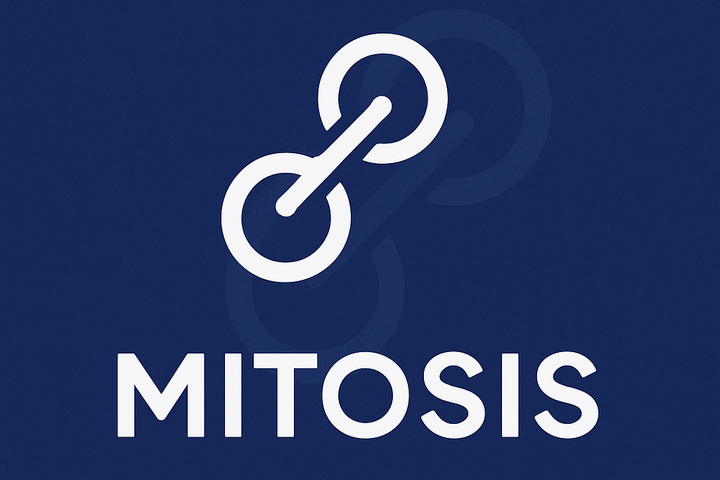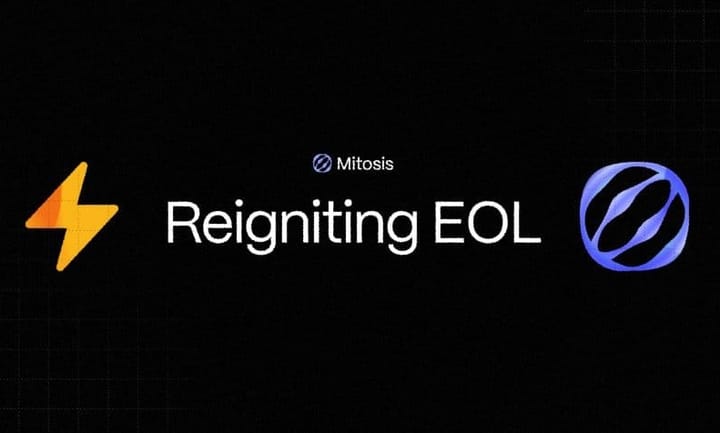The Role of Institutional Adoption in Sustaining the Bull Run
This article will begin by introducing the significant role of institutional investors in the 2025 cryptocurrency bull market. It will then explore the key drivers behind this increasing institutional adoption of digital assets. Following this, the analysis will examine the substantial impact of institutional participation on market stability and overall liquidity within the crypto space. The article will subsequently discuss how institutional adoption enhances the legitimacy and mainstream acceptance of cryptocurrencies as a viable asset class. Furthermore, it will consider the potential impact of protocols like Mitosis in facilitating and benefiting from this institutional involvement. Finally, the article will conclude by summarizing how institutional adoption is a cornerstone of the 2025 cryptocurrency bull market, providing a foundation for sustained growth and maturity.
Introduction: Institutional Investors Take Center Stage
The cryptocurrency bull market of 2025 has been significantly fueled by the increasing adoption of digital assets by institutional investors. Unlike previous bull cycles that were largely driven by retail speculation, the current market is witnessing substantial capital inflows from major financial institutions, corporations, and even sovereign wealth funds. See https://institutional.fidelity.com/en-us/digital-assets/overview.html. This institutional participation is playing a crucial role in providing stability, legitimacy, and the potential for sustained growth in the cryptocurrency market. This article will explore the key drivers of institutional adoption in 2025 and how this trend is contributing to the longevity of the bull run, including the potential impact of protocols like Mitosis.
Key Drivers of Institutional Adoption in 2025
Several factors are contributing to the growing interest and investment from institutional players in the cryptocurrency market in 2025. The approval of spot Bitcoin and Ether ETFs in the US in 2024 has provided a regulated and accessible avenue for institutions to gain exposure to these leading cryptocurrencies. This has removed some of the barriers to entry associated with direct custody and management of digital assets. See https://institutional.fidelity.com/en-us/digital-assets/overview.html. Furthermore, the increasing regulatory clarity in various jurisdictions is providing institutions with greater confidence in the long-term viability of cryptocurrencies as an asset class. The pro-crypto stance of the Trump administration in the US has also signaled a potentially more favorable environment for institutional involvement. Additionally, the growing recognition of Bitcoin as a potential store of value and a hedge against inflation is attracting institutional investors seeking diversification and long-term growth opportunities. Reports from firms like(https://institutional.fidelity.com/en-us/digital-assets/overview.html) often highlight the drivers behind institutional crypto adoption.
Impact on Market Stability and Liquidity
The participation of institutional investors brings significant capital and stability to the cryptocurrency market, which has historically been characterized by high volatility. The substantial capital inflows from institutions help to mitigate extreme price swings and provide greater liquidity to the market. The longer-term investment horizons of many institutional players also contribute to a more sustainable and predictable growth trajectory for cryptocurrencies. The increasing institutional ownership of Bitcoin ETFs, for example, demonstrates a growing commitment from large financial entities to the digital asset space. You can track institutional flows into crypto ETFs through reports from(https://www.bloomberg.com/etfs/) and(https://coinshares.com/).
Legitimacy and Mainstream Acceptance
Institutional adoption plays a crucial role in enhancing the legitimacy and mainstream acceptance of cryptocurrencies. When established financial institutions, corporations, and sovereign wealth funds allocate capital to digital assets, it sends a strong signal to the broader market about the viability and potential of cryptocurrencies. This can help to overcome some of the skepticism and uncertainty that have historically surrounded the crypto market, attracting more retail investors and fostering greater mainstream adoption. News articles on platforms like(https://www.reuters.com/) and(https://www.wsj.com/) frequently cover the impact of institutional involvement on crypto's legitimacy.
The Potential Impact of Mitosis
Protocols like Mitosis could further enhance institutional participation in the cryptocurrency market by providing efficient and secure cross-chain liquidity solutions. For institutions looking to invest across different blockchain networks or engage in cross-chain DeFi activities, Mitosis can offer a streamlined and capital-efficient way to manage their assets. The community-driven governance model of Mitosis may also appeal to institutions that value transparency and decentralization.
Conclusion: A Foundation for Sustained Growth
Institutional adoption is a cornerstone of the 2025 cryptocurrency bull market, providing stability, legitimacy, and the potential for sustained growth. As more institutions enter the crypto space and allocate capital to digital assets, the market is likely to become more mature and resilient. Innovative protocols like Mitosis can further support this trend by enhancing market efficiency and accessibility, contributing to the long-term sustainability of the cryptocurrency bull run.



Comments ()